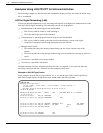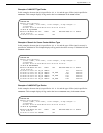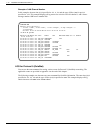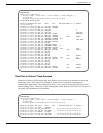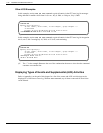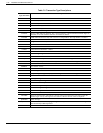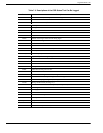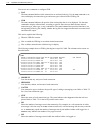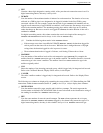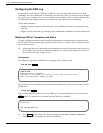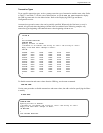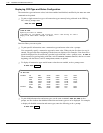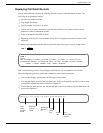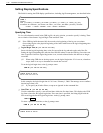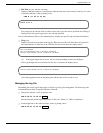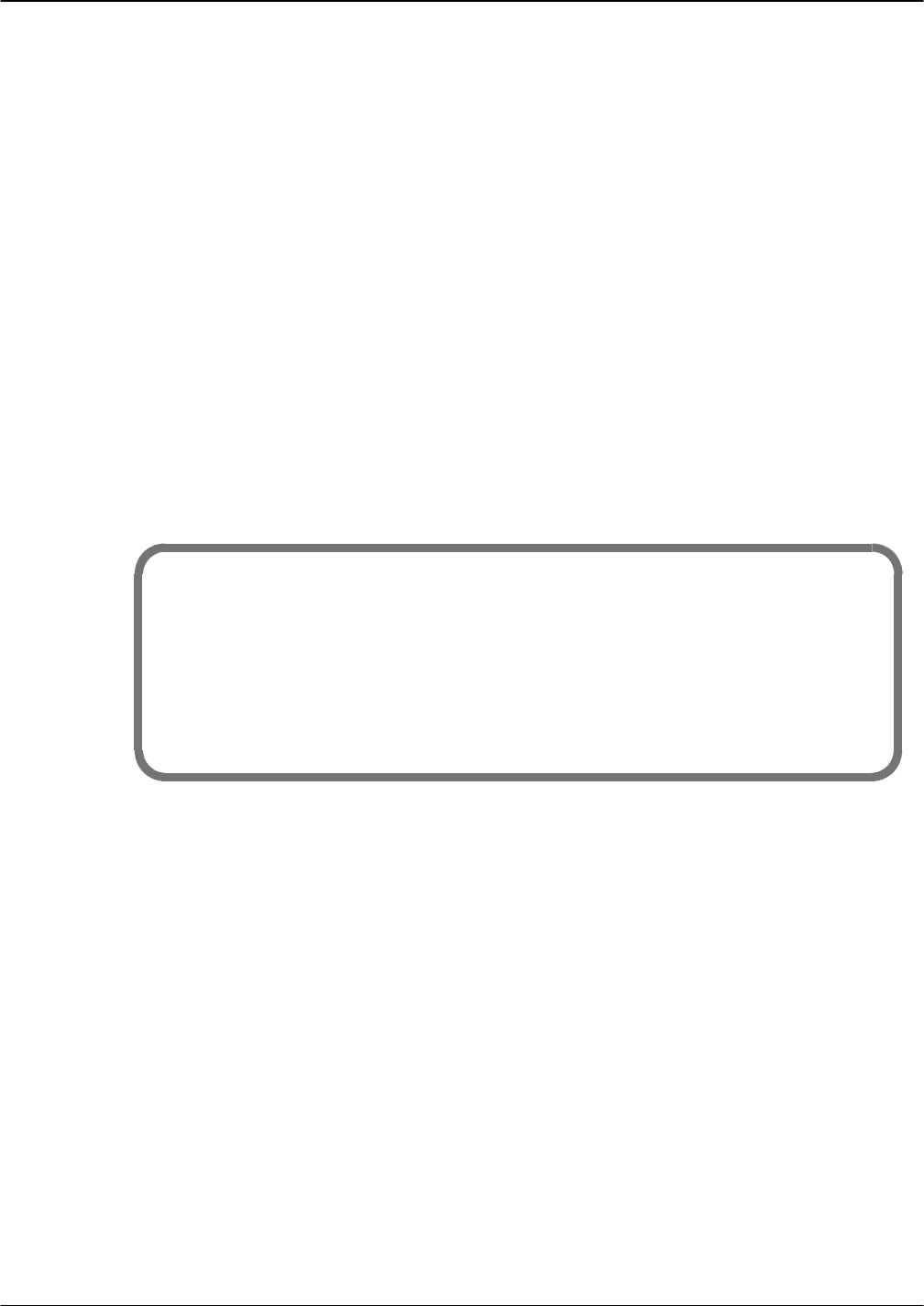
7-24 Installation and Maintenance Volume
Octel 200/300 S.4.1 PB60019−01
You can use two commands to configure CDR:
- LOG
The LOG command defines which transactions are retained in the log. Use the LOG command to set,
clear, and display the transaction types and status types collected in the CDR log file.
- CDR
The CDR command indicates the portion of the retained data that is to be displayed. Use the CDR
command to display collected data, according to specific filters that can limit the time interval,
transaction type, status type, or any combination. The CDR command also provides functions to set
the beginning of the log file, identify whether the log file has wrapped around and overwritten itself,
and format the output.
This section explains the following:
- What the CDR file contains
- How to enable the CDR log to record the desired transactions
- How to define selected items within the log for display
The following example shows a CDR log that begins on April 18, 2000. The columns on the screen are
described below.
@CDR
MM/DD/YY HH:MM:SS XACTIN STAT MS ME PRT DURATN MAILBOX COS CALLER
04/18/00 00:00:24 LPOUTC ERR 009 0:00.1 4450
04/18/00 00:00:25 OFOUTC OK 020 0:00.1 7395
*04/18/00 00:01:06 LOGON BADP 00 00 020 0:00.7 7395
04/18/00 00:01:12 LPOUTC ERR 009 0:00.1 4450
04/18/00 00:06:13 LPOUTC ERR 009 0:00.1 4450
04/18/00 00:06:15 OFOUTC OK 020 0:00.1 7395
*04/18/00 00:06:56 LOGON BADP 00 00 020 0:00.7 7395
04/18/00 00:07:14 CALINT OK 01 033 0:01.7 2070 252
04/18/00 00:07:14 FAXRCV OK 01 007 0:01.7
- MM/DD/YY
Lists the month, day, and year of each transaction.
- HH/MM/SS
Lists the hour, minute, and second of each transaction.
- XACTIN
Lists transaction type or indicates the specific type of calling or messaging event. Refer to Table 7-2
for a list of the transaction types.
- STAT
Shows the status of each transaction type. The status indicates what happened when that call was
placed. Refer to Table 7-3 for the list of possible status values.
- MS
Shows the number of messages sent in that transaction. For example, in a call transaction in which
no message is left, the entry in the MS column would be 00; with one message left the entry would be
01.ALOGON entry equals the number of messages sent by the mailbox holder while logged on. A
FAXRCV entry indicates the number of fax pages received.
- ME
Shows the number of messages erased while the mailbox holder was logged on.



